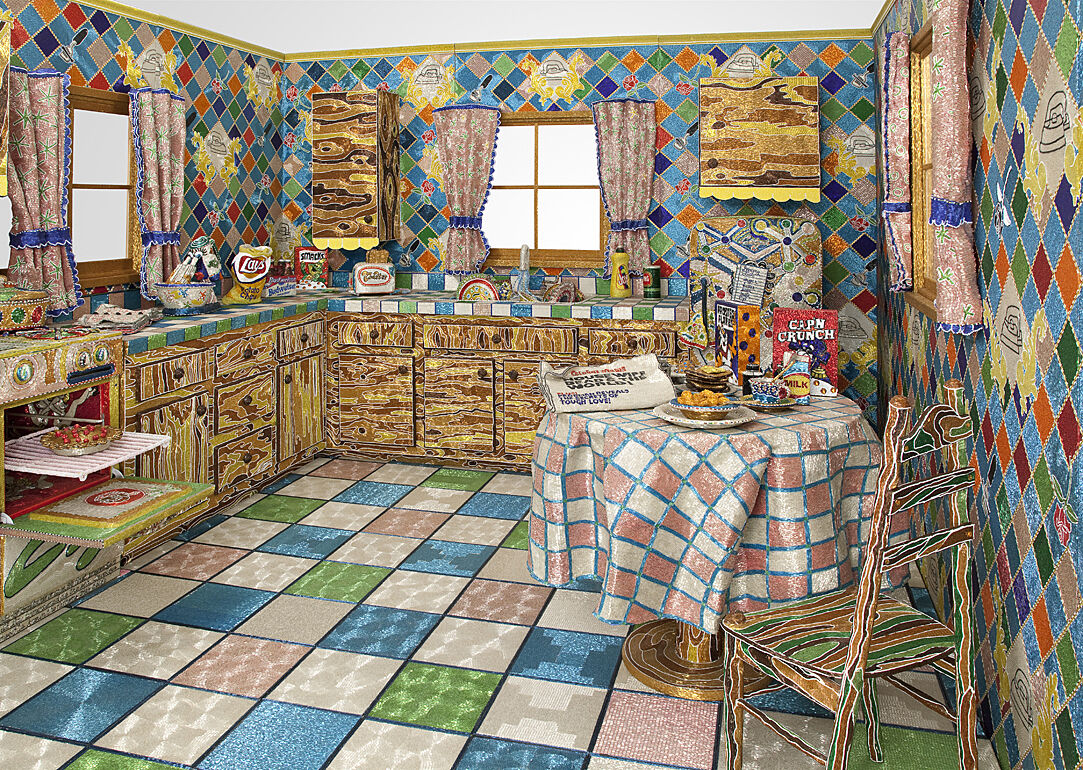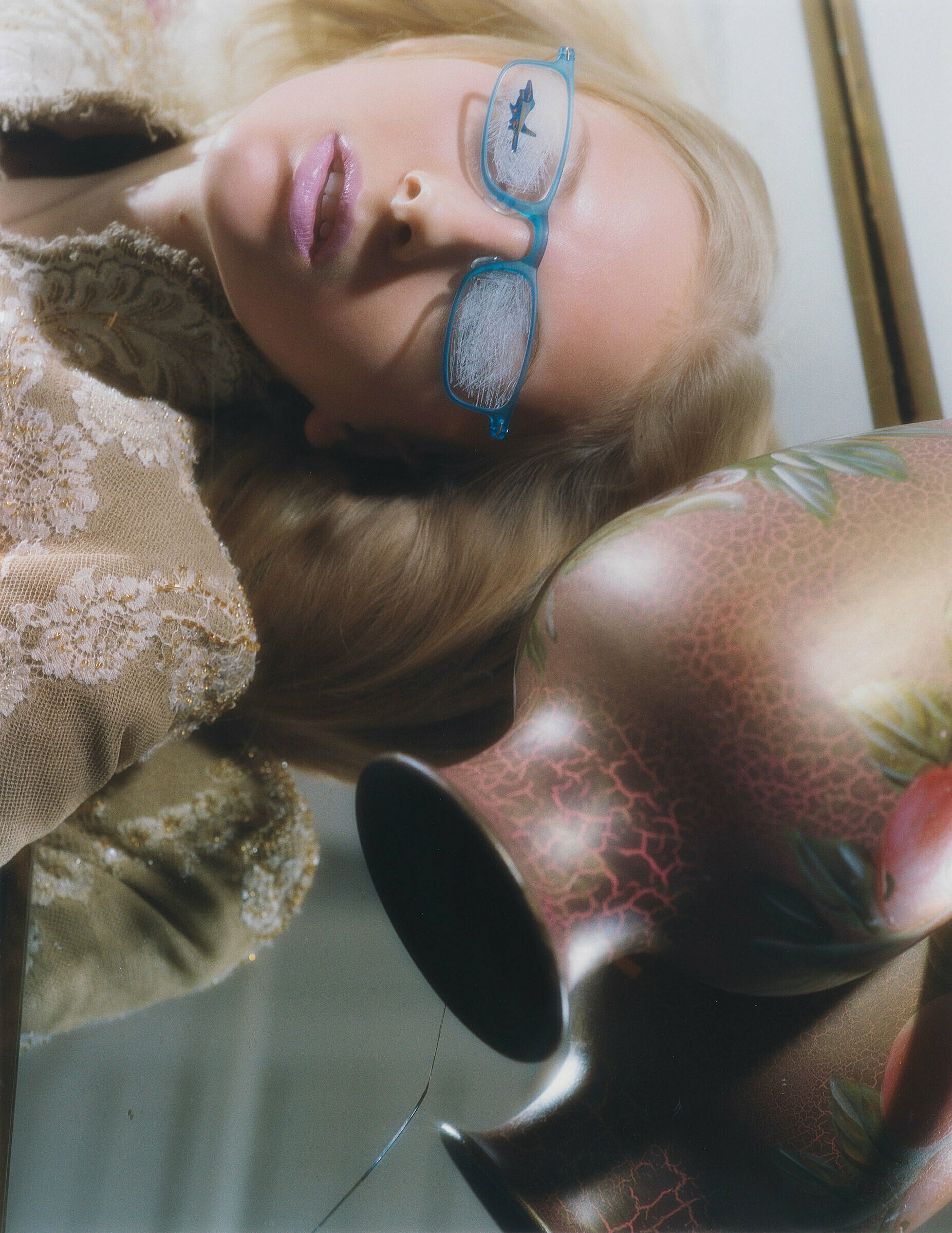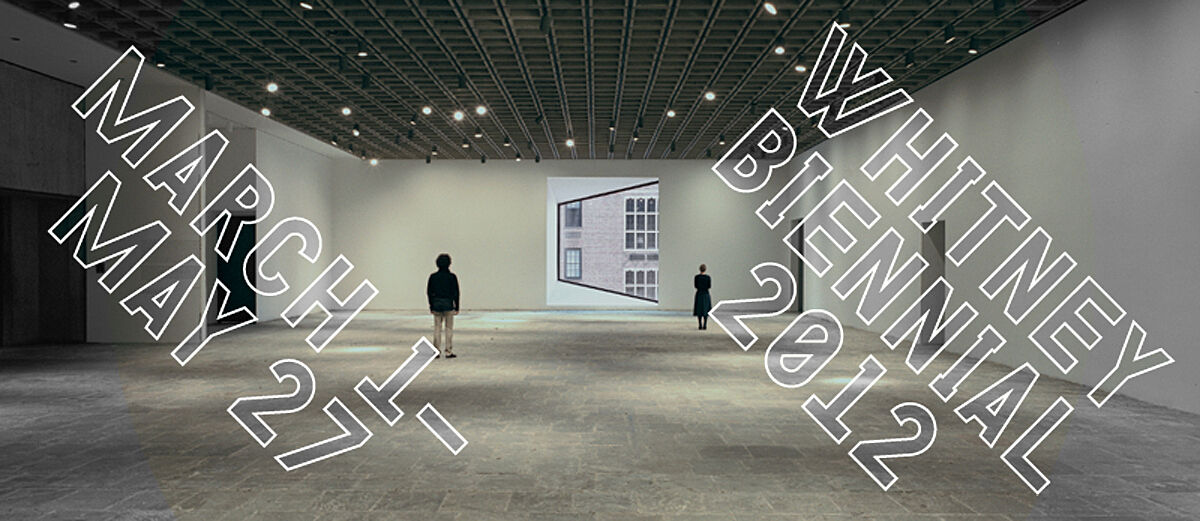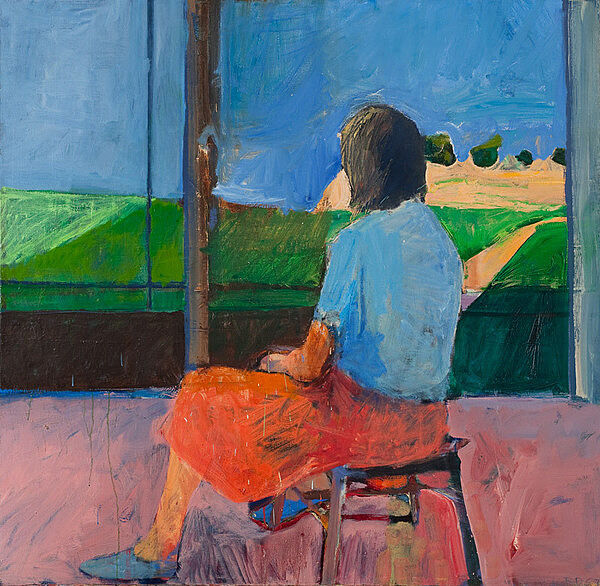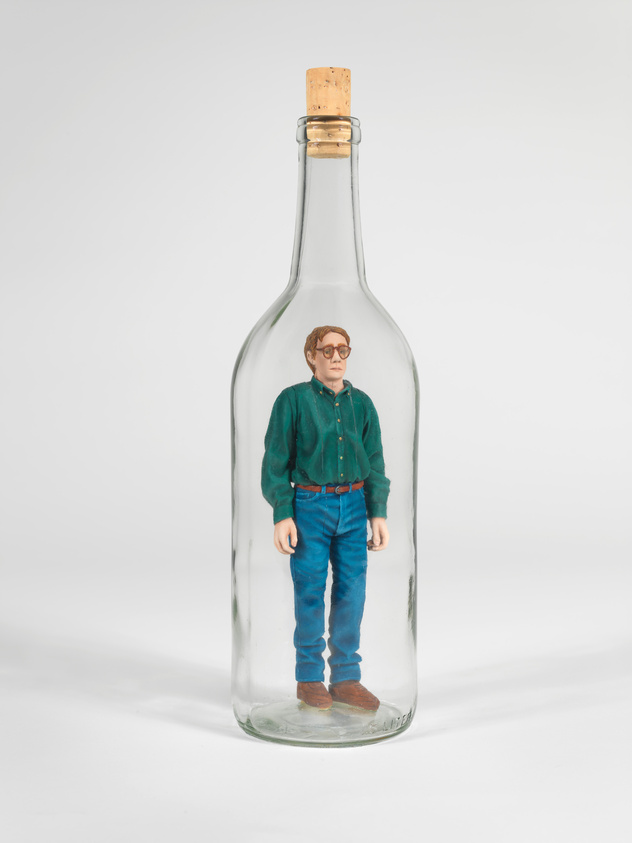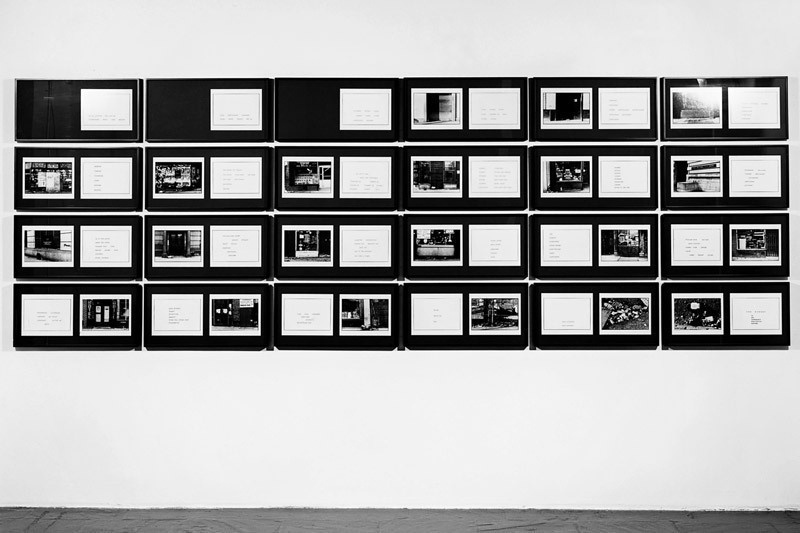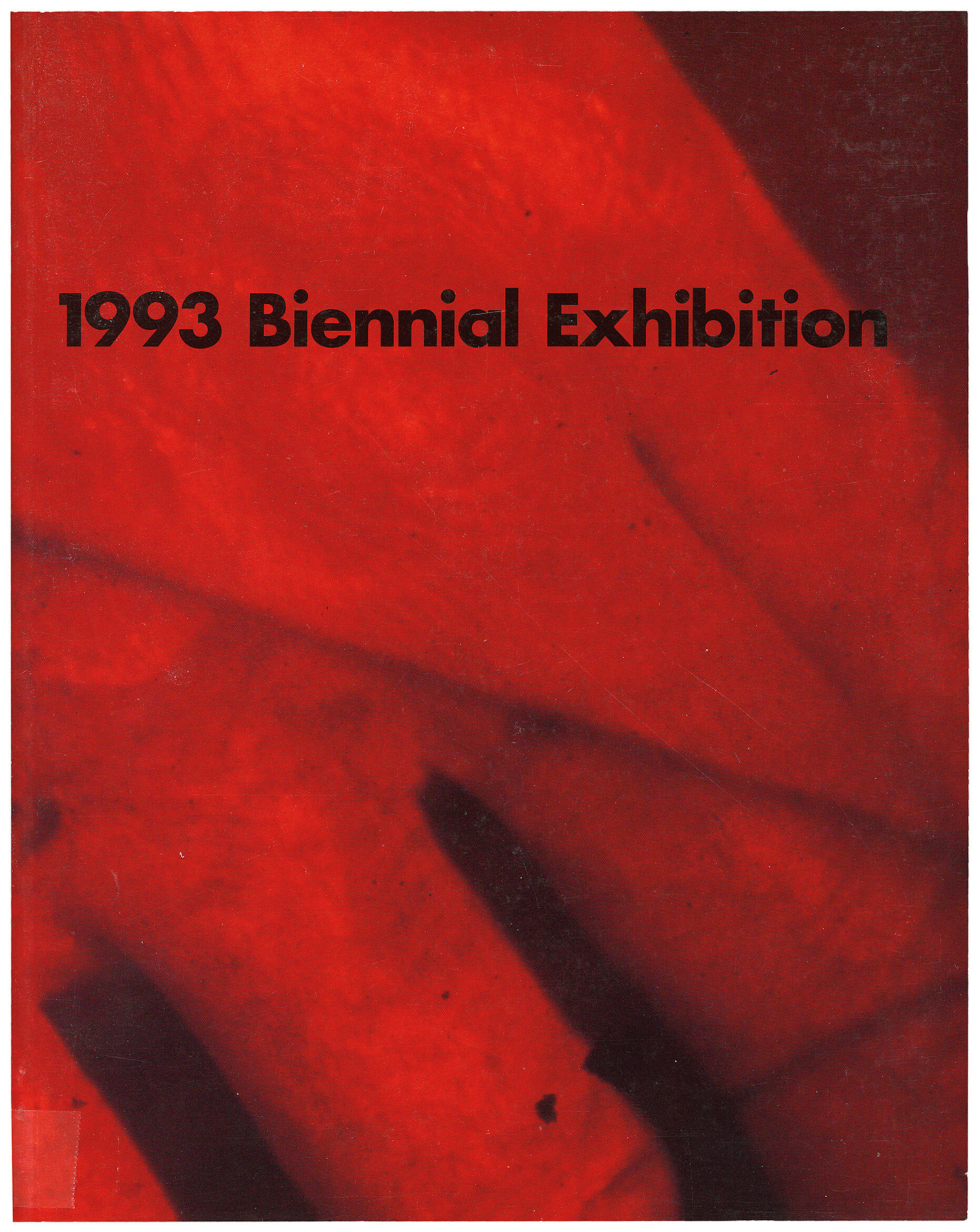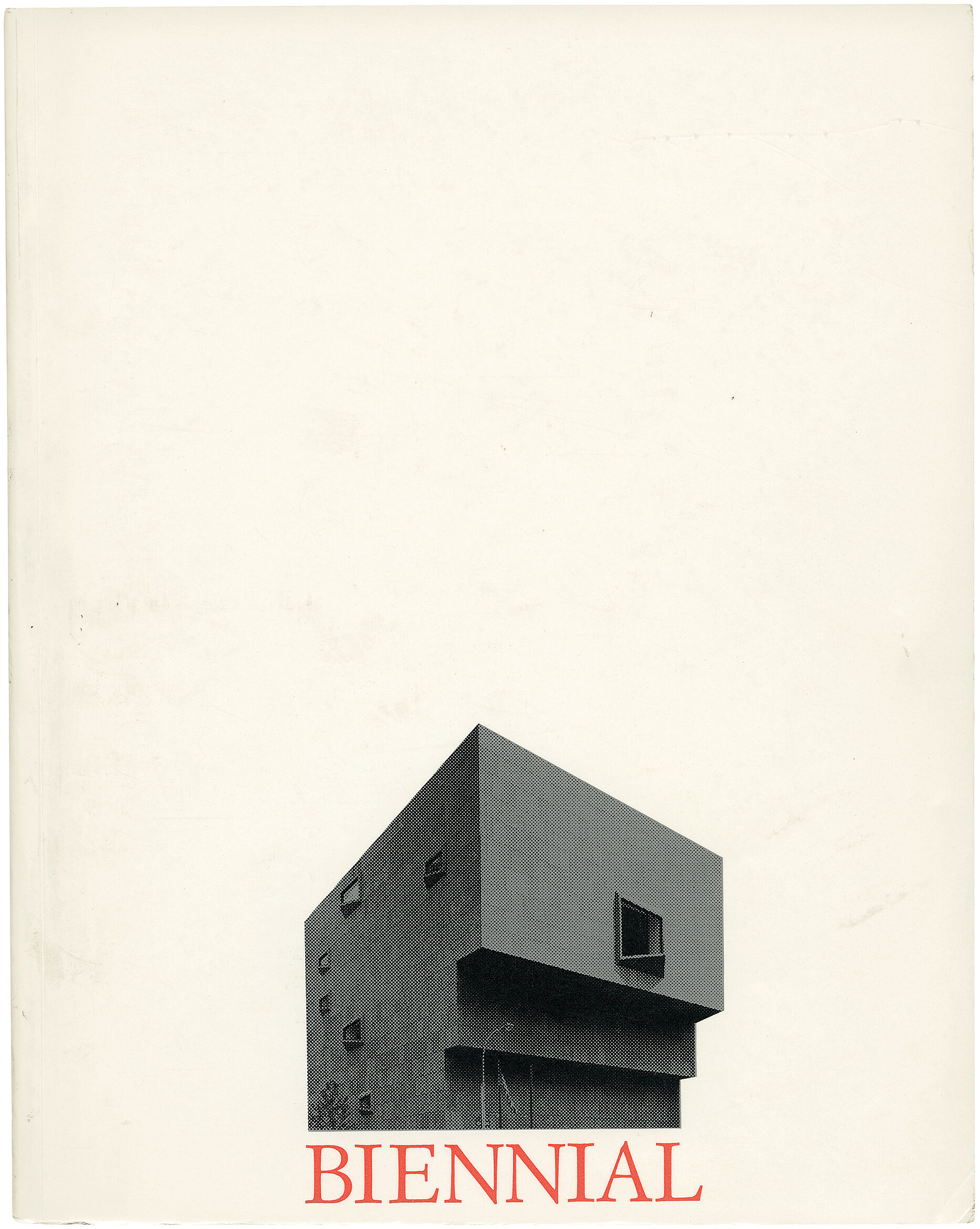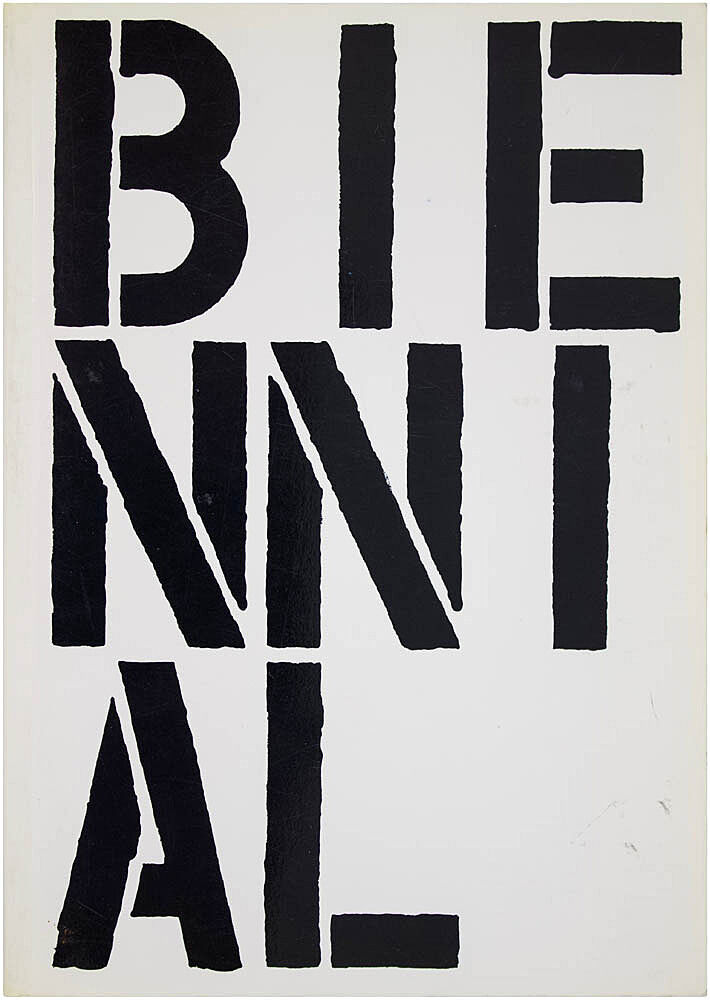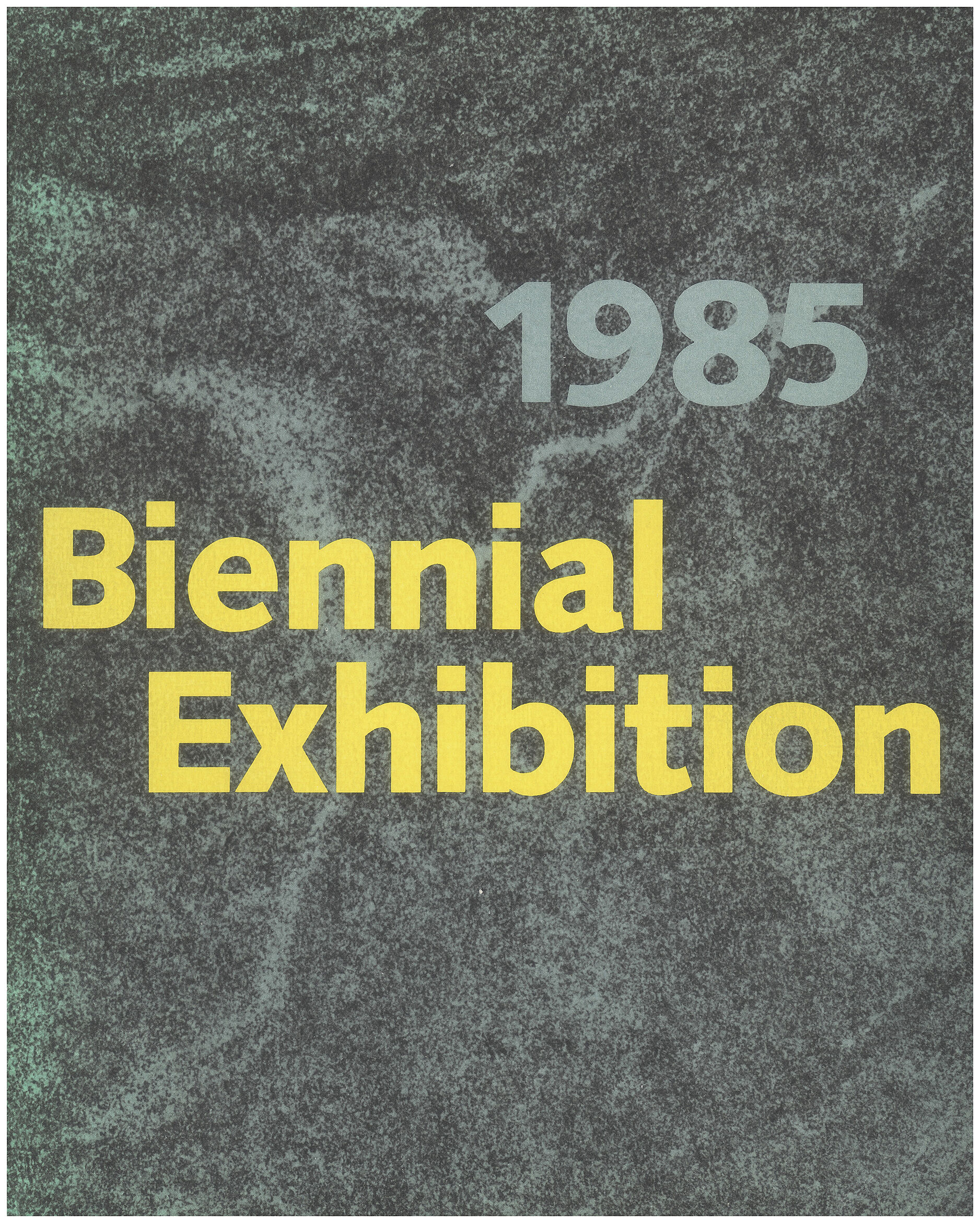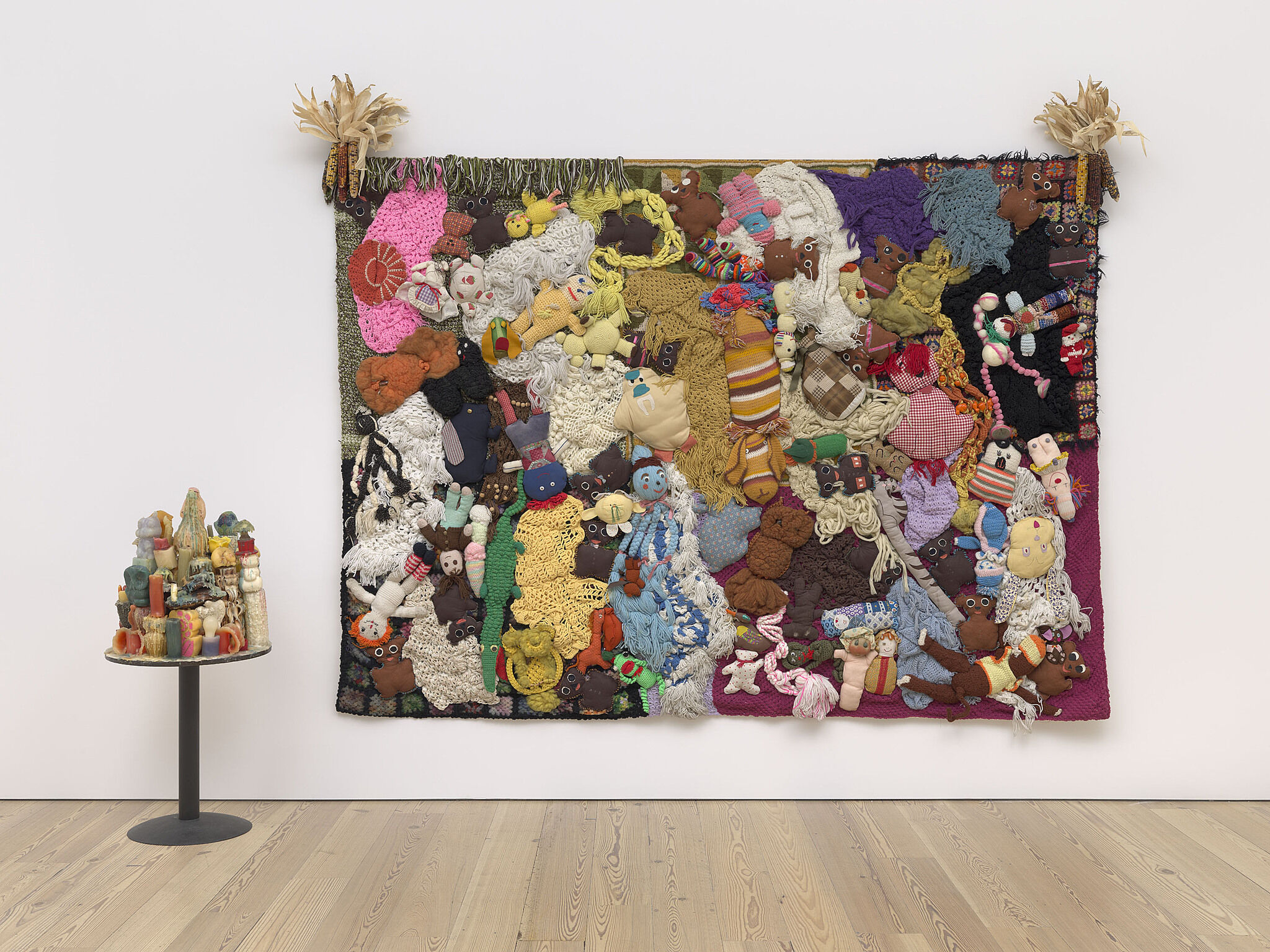Mike Kelley
1954–2012
Mike Kelley produced some of the most influential art of the late twentieth century, developing radical content and hybrid forms across a range of artistic mediums. Kelley’s art draws from elements of his teenage years in working-class Detroit in the late 1960s—the politics of hippies and feminists, Catholicism, rock and roll, and underground comics—and later, while a student at the University of Michigan in the early 1970s, from the local music scene of poet Jon Sinclair of the MC-5s, and Iggy Pop. To these cultural influences was added the conceptually oriented training he encountered after relocating to Southern California in 1976 to study at the California Institute of the Arts. The resulting amalgam is a distinctive body of work appropriated from high and low American culture—at once subjective, intellectual, poetic, funny, and highly transgressive.
A complex, subversive, and moving commentary on art and human relations, More Love Hours Than Can Ever Be Repaid is a wall sculpture composed of crocheted dolls and stuffed animals sewn into old afghan blankets that are in turn attached to canvas. It is accompanied by the sculpture The Wages of Sin, a shrinelike arrangement of half- burned candles resting on a café table. Scavenging his materials from Los Angeles thrift stores, Kelley saw these objects as an expression of the relational economy between adults and children, in which the child becomes an innocent recipient of an adult’s overdetermined actions. Extending the metaphor to art itself, the colorful, allover composition of the assemblage further refers to the drip paintings of the Abstract Expressionists. Here, however, Kelley has replaced the professed male existential energy of such work with a feminine alternative, exemplified by pattern-based craft materials and the fetishized objects of childhood and domesticity.
Educational Complex is a tongue- in-cheek reflection on the artist’s academic background; a seemingly rational- looking architectural model, the sculpture purports to be a re-creation of all the places Kelley studied, beginning with his Catholic elementary school. In fact, the artist couldn’t remember the spatial configuration of some of those places, and so turned to the pop-psychology theory of repressed memory to suggest that the lapses were due to traumatic events that had occurred there. The model’s blank spaces indicate where these imagined traumas might have transpired.
Introduction
Michael Kelley (October 27, 1954 – c. January 31, 2012) was an American artist whose work involved found objects, textile banners, drawings, assemblage, collage, performance, photography, sound and video. He also worked on curatorial projects; collaborated with many other artists and musicians; and left a formidable body of critical and creative writing. He often worked collaboratively and had produced projects with artists Paul McCarthy, Tony Oursler, and John Miller. Writing in The New York Times, in 2012, Holland Cotter described the artist as "one of the most influential American artists of the past quarter century and a pungent commentator on American class, popular culture and youthful rebellion."
Kelley agreed to an interview by Tulsa Kinney from Los Angeles-based Artillery magazine, which was conducted two weeks before his death.
Wikidata identifier
Q543294
Information from Wikipedia, made available under the Creative Commons Attribution-ShareAlike License . Accessed December 22, 2025.
Introduction
Kelley worked in variety of media including video, performance, painting, and sculpture made from found materials. His work often focused on abject subject matter.
Country of birth
United States
Roles
Artist, installation artist, musician, painter, performance artist, photographer, sculptor, video artist
ULAN identifier
500118776
Names
Mike Kelley, Michael Kelley, Mike Kelly
Information from the Getty Research Institute's Union List of Artist Names ® (ULAN), made available under the ODC Attribution License. Accessed December 22, 2025.

